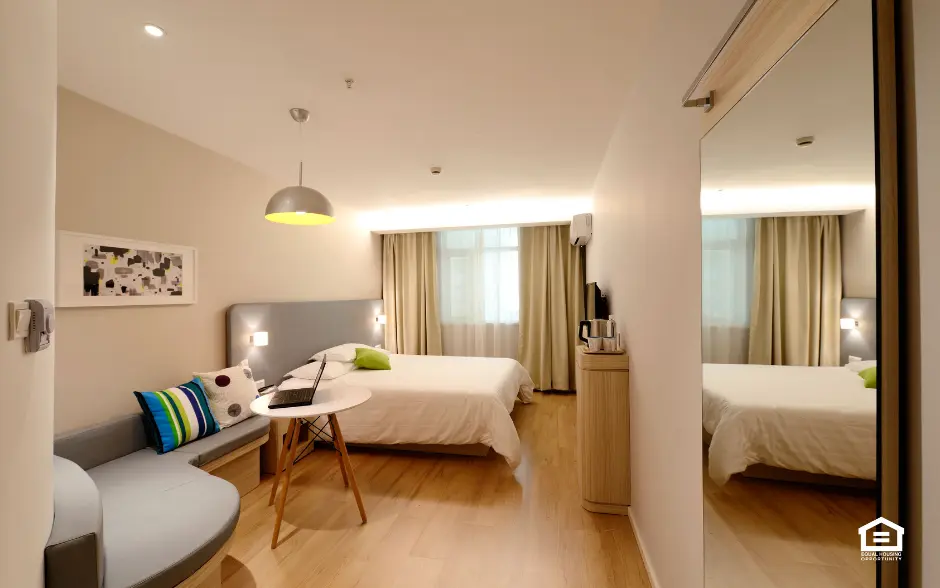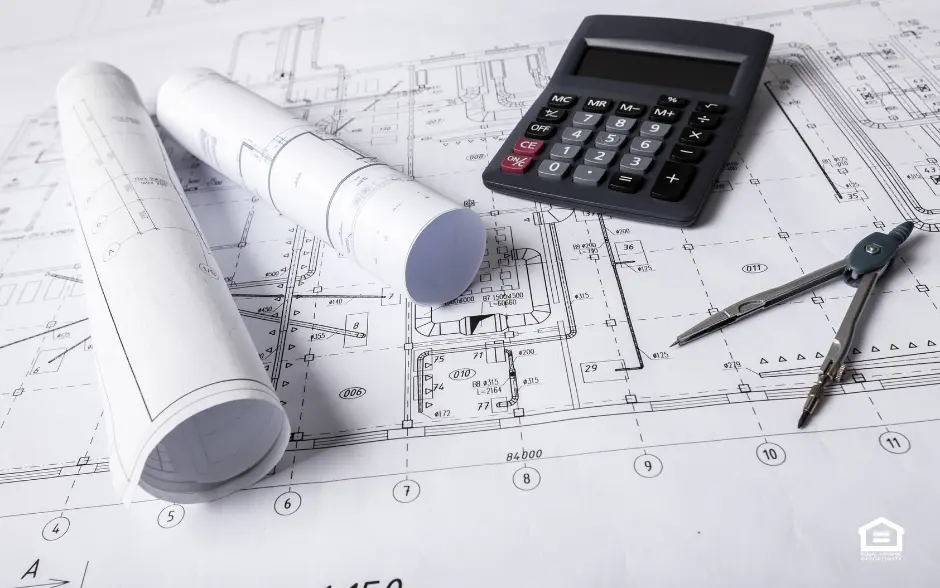Should You Add a Mother-In-Law Apartment?
One trend that has gained popularity in the last few years is mother-in-law apartments or in-law suites. But before you decide to add one to your rental property, there are several important aspects to consider. Construction costs, rental rates, your target demographic, and legal and local zoning issues must all be considered before the final decision is made. While in some cases an in-law apartment will help boost your rental property’s appeal and value, in other situations the addition could have the opposite result. This is why gathering as much information as you can beforehand is perhaps the most important part of the process.

In-law apartments come in many different forms, and each one will impact your construction costs and rental rates in different ways. For some, adding an in-law apartment simply means adding an attached bathroom to an existing bedroom, creating a “suite” that is still fully incorporated into the rest of the house. A freestanding, separate in-law apartment, on the other hand, is usually a much more expensive project. According to Realtor.com, an addition like this could cost anywhere from $40,000 to $125,000. At the same time, however, those costs should be weighed carefully against your anticipated rental rates over the long term. If adding an in-law apartment would likely increase the amount of rent you can charge or allow you to add a second tenant and rent payment, it just may be worth considering.
At the same time, however, existing tenants may view the addition in a negative light and make your property harder to lease. Depending on whether you are adding square footage to the property or simply dividing what is already there, creating two rental units where before there was one could reduce the total amount of rent you are able to charge. If renters in your area aren’t looking for shared homes or duplexes, you could have a difficult time appealing to potential tenants. On the other hand, if your rental is located in an area where there are many people looking for smaller, less expensive rentals or a shared living situation, both your property’s appeal and your rental rates may go up. This is why knowing your market and your target demographic is critical to your decision-making process.

There are legal implications to adding an in-law apartment, as well.
In many cities and states, there are strict laws about in-law apartments. By creating a second rental unit, you may run afoul of local zoning ordinances who may take a dim view of your new multi-family property that is zoned as a single-family residence. If your local government decides that your in-law apartment is illegal, you could potentially have little or no authority to enforce any lease you signed to rent the space. If you decide that an in-law apartment is a right choice for you, doing your research and securing all proper permissions and permits ahead of time can help you avoid such hassles.
Making the decision about whether or not a mother-in-law apartment makes sense for your rental property can be a challenge. But the good news is that Real Property Management can help. We assist property owners with determining which additions, if any, will help you maximize your rental income and your property values.
We are pledged to the letter and spirit of U.S. policy for the achievement of equal housing opportunity throughout the Nation. See Equal Housing Opportunity Statement for more information.
Get the Neighborly App
In addition to Real Property Management's expert skills in managing your rental property, you can utilize Neighborly's other brands to maintain and enhance your home. Use the Neighborly App to get connected to local home service professionals. Download and receive offers only available on the App.
Depending on current health and safety regulations in your area, some of the services mentioned in this post may not be available. Neighborly service providers will follow the latest health and safety guidelines provided by the local and state governments. Please check with your local Neighborly service provider for details at the time you need service(s).






